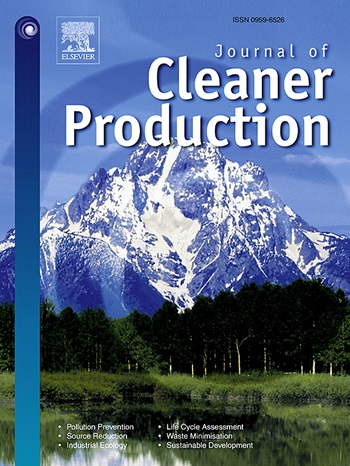Valuation of the 2020 Gross Ecosystem Product of China and Analysis of Driving Factors
IF 9.7
1区 环境科学与生态学
Q1 ENGINEERING, ENVIRONMENTAL
引用次数: 0
Abstract
Gross ecosystem product (GEP) is the total value of ecological goods and ecosystem services provided by ecosystems. An adequate assessment of the GEP is important for balancing economic development and ecological protection. In this study, the GEP of China in 2020 was calculated based on the latest 2022 GEP accounting guidelines. Its spatial characteristics were analysed using standard deviation ellipses, kernel density analysis, and spatial autocorrelation analysis. The GEP correlation analysis was conducted based on principal component analysis and multiple linear regression, whereas the GEP driver analysis was performed using Geodetector. The results show that the GEP value of China reached 66.11 trillion CNY in 2020, with rural areas having contributed 13.23 times greater GEP than did urban areas; the per capita GEP in rural areas was 5.8 times greater than that in urban areas. The forest ecosystem had the highest GEP value among all terrestrial ecosystems, representing 47.73% of the total GEP value. The GEP of the urban ecosystem was generally underestimated, as it was the third most significant contributor, with a 7.03% share of the total GEP. Environmental factors have a higher impact on GEP than do social factors, and temperature and rainfall were identified as the main drivers. The results of this analysis support our recommendation that policymakers should consider optimising the allocation of economic and ecological factors to increase both GDP and GEP outputs within a limited space and complement incentive policies for regions with high GEP outputs.2020年中国生态系统生产总值评估及驱动因素分析
生态系统生产总值是指生态系统提供的生态产品和生态系统服务的总价值。充分评价全球经济计划对平衡经济发展和生态保护具有重要意义。在本研究中,中国2020年的GEP是根据最新的2022年GEP会计准则计算的。利用标准差椭圆、核密度分析和空间自相关分析分析了其空间特征。GEP相关分析基于主成分分析和多元线性回归,驱动因素分析采用地理探测器。结果表明,2020年中国gdp总量达到66.11万亿元,其中农村对gdp的贡献率是城镇的13.23倍;农村地区的人均全球环境指数是城市地区的5.8倍。在所有陆地生态系统中,森林生态系统的GEP值最高,占总GEP值的47.73%。城市生态系统的全球环境效益普遍被低估,因为它是第三大贡献者,占全球环境效益的7.03%。环境因素对GEP的影响大于社会因素,气温和降雨是主要驱动因素。这一分析的结果支持了我们的建议,即政策制定者应该考虑优化经济和生态因素的配置,在有限的空间内增加GDP和全球经济增长率的产出,并补充对全球经济增长率高的地区的激励政策。
本文章由计算机程序翻译,如有差异,请以英文原文为准。
求助全文
约1分钟内获得全文
求助全文
来源期刊

Journal of Cleaner Production
环境科学-工程:环境
CiteScore
20.40
自引率
9.00%
发文量
4720
审稿时长
111 days
期刊介绍:
The Journal of Cleaner Production is an international, transdisciplinary journal that addresses and discusses theoretical and practical Cleaner Production, Environmental, and Sustainability issues. It aims to help societies become more sustainable by focusing on the concept of 'Cleaner Production', which aims at preventing waste production and increasing efficiencies in energy, water, resources, and human capital use. The journal serves as a platform for corporations, governments, education institutions, regions, and societies to engage in discussions and research related to Cleaner Production, environmental, and sustainability practices.
 求助内容:
求助内容: 应助结果提醒方式:
应助结果提醒方式:


